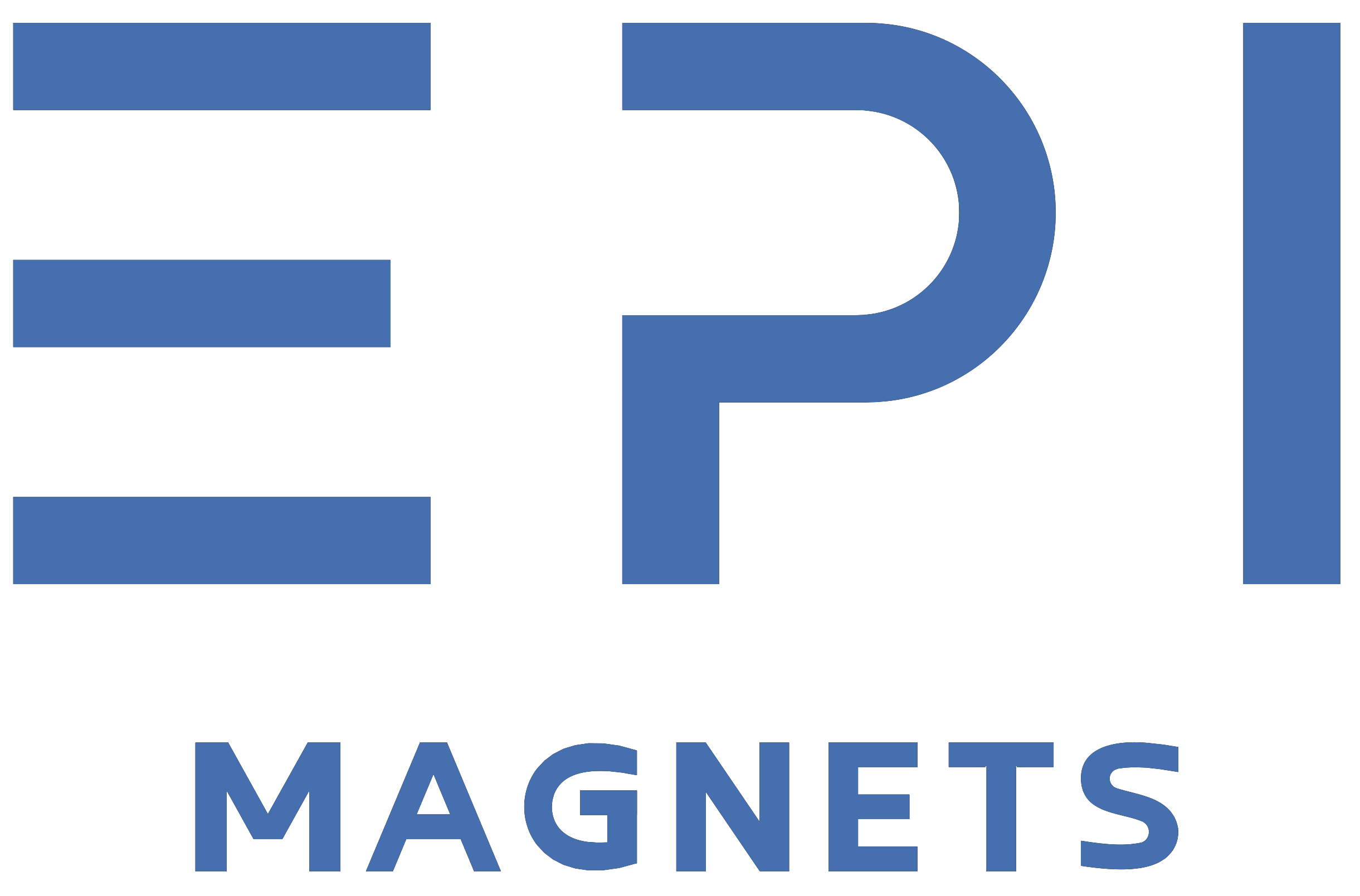Introduction to Hollow Cup Motor Magnets
Hollow cup motors, also known as coreless or ironless motors, are at the forefront of micro-motor technology innovation. These motors differ significantly from conventional motors by utilizing slotless and coreless coils in their armature windings. This design innovation not only revolutionizes the traditional rotor structure but also substantially reduces the motor’s weight and rotational inertia. By eliminating the iron core, these motors drastically reduce the energy losses typically associated with eddy currents. Their low energy consumption, coupled with high sensitivity
